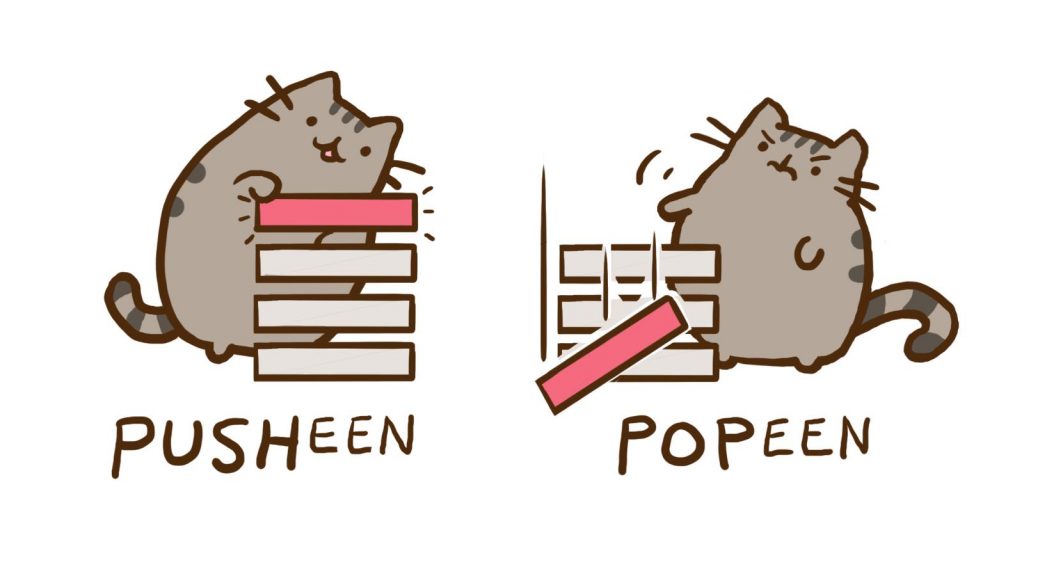The AI Lab of my mentor was running by me for quite some months. And now it's about time to hand over the docs of the internal server to graduates. Though one of which tends to lose internet connection from time to time due to its location. However, I heart that it had been moved back to university in the middle of July.
And originally, I use Microsoft Word to keep all the records and information of almost everything, but it obviously would cause some issues.
For example, one's docs version may vary from another. Yes, I've thought about to use the cloud storage with version control even. The problem is that we cannot afford the expense of cloud drive. And we could not find someone who's willing to take the charge of reimbursement. The bills have already piled up in my mentor's desk.
Besides that, to use file as docs will inevitably introduce the ugly naming, such as docs-20190807, docs-20190607 or whatever. And it would be totally disaster if to use git for version control. Despite of the unreadable commits, the filename needs to be the same, which extremely likely to be ignored to update from the git repo for some people.
Luckily, there's one instance on AliCloud (Although personally I don't really like AliCloud, but that's another story, let's save it for next time). And lots of packages that can generate static HTML from markdown have been developed these years around.
It would be easy for everyone to access docs online and because the markdown file is pure text, we can have a very good and most important, readable track of changes with git.
The final decision is to use VuePress as the static HTML generator. And to ensure a simple installation process, dockerization is the best shot at the moment. Furthermore, basic HTTP auth is needed to keep unwanted visitors out, leaving the docs only accessible to the lab.
For your convenience, this project is located at my GitHub, #/docs. It's fully prepared and dockerized with docker-compose support.
Continue reading 仔细想想还是 Dockerized 吧! →

